The anti-corrosion coatings market will reach $32.5 billion by 2024, growing at a compound annual growth rate (CAGR) of 4.0%. Corrosion, an inevitable reaction between metals and their environment, has long posed significant challenges. While simple homemade solutions like greasing bike chains can help, industrial settings demand advanced materials that are cost-effective, durable, environmentally friendly, and easy to apply.
Market Drivers and Opportunities
Increasing demands from the construction, automotive, transportation, and industrial machinery sectors significantly drive the anti-corrosion coatings industry. Macroeconomic factors such as consumer confidence, purchasing power, and a favorable investment climate propel these demands. Notably, the top countries contributing to this market include China, the United States, India, Germany, and Brazil, among others.
Growing environmental concerns and regulatory requirements have driven the innovation of anti-corrosion coatings. Powder and water-based coatings, known for their low volatile organic compound (VOC) properties, are gaining popularity. Epoxy and acrylic coatings, due to their ease of use and effectiveness, are expected to be the fastest-growing segments. Expectations from government regulations on wastewater emissions will also drive demand for these coatings, especially in municipal and industrial sectors.
DragX: A Nanocomposite Surface Treatment Technology
One such innovative product is Oceanit’s DragX, a water-based nanocomposite surface treatment tailored for global markets. Developed with support from the U.S. Department of Energy (DOE), the U.S. National Energy Technology Laboratory (NETL), and the U.S. Environmental Protection Agency (EPA), DragX addresses many of the challenges faced by conventional coatings.
DragX creates a water and oil-repellent, low-friction surface, even on corroded, in-service pipelines. This surface treatment applies to long, in-situ pipelines and is scalable to any pipe diameter. DragX is effective at a fraction of the thickness of conventional pipeline epoxy coatings while reducing pipe wall drag resistance, preventing corrosion, and minimizing the adhesion and deposition of unwanted debris and impurities.
Benefits of DragX in the Energy Industry
The energy industry has embraced the benefits of using factory-applied, flow-efficiency coatings like DragX. These benefits include increased efficiency and throughput, reduced pressure drop, lower power use for pumping, corrosion mitigation on internal pipe surfaces, reduced debris and paraffin adhesion, and decreased inspection, cleaning, and maintenance costs.
Overcoming Traditional Coating Challenges
Past in-situ and factory-applied coatings have had issues with pot life after preparation, extremely long curing times, and required coating thickness. These properties have made the adoption of in-situ-applied epoxy coatings impractical for many pipelines. DragX eliminates these issues, as well as the need for costly inhibitors and chemical injections to assist in flow assurance.
DragX boasts strong adhesion, abrasion resistance, no adverse effects on the purity of transported fluids, and increased flow capacities at decreased pressure, even for de-rated pipelines.
Market Breakdown by End User
The architectural sector will see high penetration due to increased construction activities in regions like Asia-Pacific and the Middle East. The automotive industry will grow at a CAGR of 4.5%, driven by rising middle-class incomes and living standards in emerging economies. The food and beverage industry will also drive demand for waterborne anti-corrosion coatings used in metal packaging.

